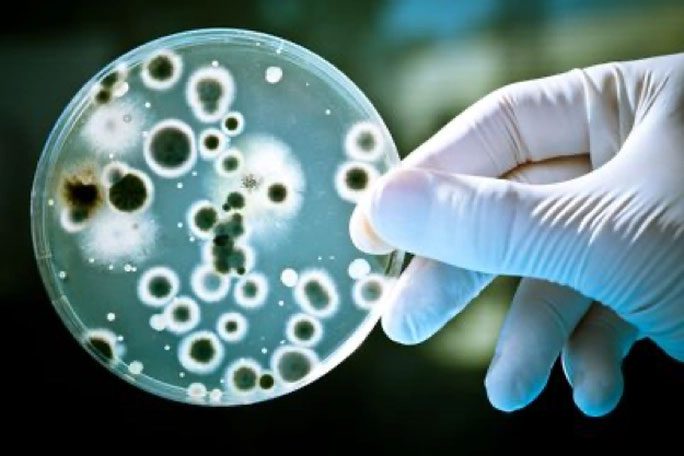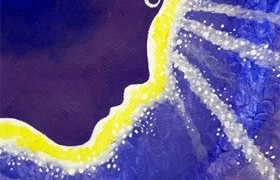Artificial Intelligence (AI) has aided American scientists in discovering a miraculous compound called halicin, which has never been seen before and is capable of killing many types of antibiotic-resistant bacteria.
Since the advent of penicillin, antibiotics have become a “cornerstone” of modern medicine, saving countless lives. However, in recent years, the effectiveness of antibiotics has significantly diminished due to the overuse that has led bacteria to develop drug resistance.
In this context, researchers at MIT (Massachusetts Institute of Technology) employed a specially designed machine learning algorithm to sift through a vast digital repository of over 100 million chemical compounds. As a result, AI identified a “miraculous” compound known as halicin, which kills bacteria through a mechanism different from all current antibiotics.
“Halicin is unlike any antibiotic we have seen before,” emphasized Professor James Collins, a professor of Biological Engineering at MIT.

The halicin compound discovered by AI could be a breakthrough for the biomedical field in the near future. (Photo: Shutterstock.com)
The halicin compound was tested in practical experiments with bacterial strains obtained from patient samples as well as those cultured in laboratories.
When tested on mice, halicin effectively treated drug-resistant tuberculosis and Enterobacteriaceae, a family of bacteria that includes Escherichia coli (E. Coli) and Salmonella. It also proved to be highly effective against Clostridium difficile (which causes pseudomembranous colitis) and several other drug-resistant bacteria that can cause bloodstream infections, urinary tract infections, and pneumonia.
“The strangest thing is that the powerful antibiotic halicin has a structure unlike any antibiotic previously known. If it were not for human capability, this antibiotic might never have been discovered due to its unusual nature,” noted Professor James Collins.
Commenting on the significance of discovering the “miraculous” compound halicin, Professor Roy Kishony, a biologist and computer scientist at Technion (Israel Institute of Technology), stated: “This groundbreaking work signals a paradigm shift in the discovery of antibiotics in particular and drug discovery in general.” It is worth noting that Professor Roy Kishony was not involved in the research team.
After discovering halicin, the team at MIT continued to revisit the database and utilized the AI algorithm to identify other potentially more promising compounds. Within just three days, AI identified 23 compounds with structures unlike any current antibiotics. Subsequent tests showed that at least 8 of these compounds exhibited antibacterial properties, with two compounds being particularly potent.
“All of them could become invaluable tools in the fight against superbugs and antibiotic resistance. Due to the overuse of antibiotics, some dangerous bacteria have evolved resistance, making them extremely hard to treat,” according to experts at MIT.
The Centers for Disease Control and Prevention (CDC) estimates that at least 2.8 million people in the United States contract antibiotic-resistant infections each year, leading to more than 35,000 deaths. This is a trend that cannot be resolved overnight as more and more bacteria develop resistance to conventional treatments.
Fortunately, the discovery of “previously unseen” compounds by AI could help researchers expand the current antibiotic arsenal and potentially save many lives.



















































